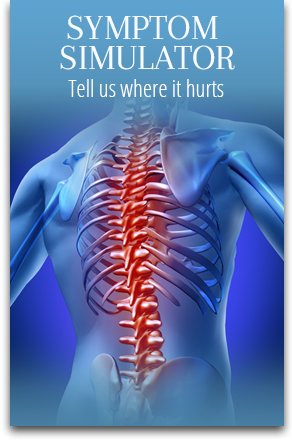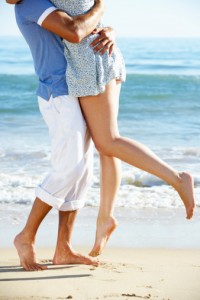Back and Leg Pain
Q: I wake up several times during the night with pain in my back and leg. I feel like I’m probably sleeping in a bad position, but I don’t know what I’m doing wrong. What position is best for my back?
A: This is a very common problem. While many people will come to the clinic with the same dilemma, each must be evaluated individually to best answer the question. There are, however, basic principles that should be of help.
The human spine (unlike many animal spines) is not a flat structure but has several normal curvatures that allow it to absorb the impact of walking, driving, etc. The most prominent of these is typically that of the low back. You may have heard the term “sway back” which would refer to an increase in the depth of this inward curvature (aka, lordosis). Maintaining the normal curve is essential to preserving healthy discs and joint structures. Lying flat on the back is most conducive to the maintenance of this curve, taking advantage of the midback and pelvis to support the arch (assuming the use of a relatively firm mattress). Certain injuries may make this position uncomfortable, and it may be helpful to elevate the knees to achieve relief, such as putting a couch cushion under the knees and calves.
With respect to the disc in the low back, it is best to minimize the amount of pressure that the disc experiences in our daily activities. As a rule, sitting will be worse than standing, standing worse than lying. In a “normal” spine, lying flat on the back minimizes pressure on the low back disc (about 25mm Hg). Simply rolling to the side nearly triples this pressure. If you must sleep on your side, putting a pillow between the knees will minimize twisting in the low back. In many cases, I will recommend that the patient sleep with a low back brace during a flare up, much like a construction worker may wear. Most of us will not maintain a certain position throughout the night, and the brace will protect against unintentional rolling and twisting.
This information is meant to provide fundamental guidelines for healthy sleep as it pertains to the low back and leg. At the end of the day, it is most important that one sleep, especially if one is trying to heal, and the “healthiest” way may not always be the most comfortable.








